20 Interesting Facts About India
- By Seema
Indian food is loved globally for its flavourful ingredients, aromatic spices, and impeccable taste. The popular Indian recipes have made their way to every nook and corner of the world. Food in India is not only delicious but also fascinating. Indian cuisine is about 5,000 years old and reflects this great nation’s vivid diversity and intricacies. It has been influenced by an extended history, diverse cultures, religious beliefs, geographical conditions, and various external factors. Almost every region in India adds something mouthwatering to the selection, and it’s nearly impossible to run out of things to eat here.
If you dig deeper, there is much more to Indian cuisine than you may have figured out. You might be curious to know more about Indian food if you enjoy it. We’ll share 20 interesting facts about Indian food that will make you appreciate this culinary marvel even more.
1). India is the World’s Spice Capital
India generates more than 70% of the world’s spices and is aptly called the ‘Land of Spices’, It produces more variety of spices than any other country in the world. Many popular spices, such as black pepper, cardamom, and cumin, originated in this country. The production of black pepper began as early as 2000 B.C.E. when it was considered ‘black gold’. India is also the world’s leading exporter of spices and spice-related products.
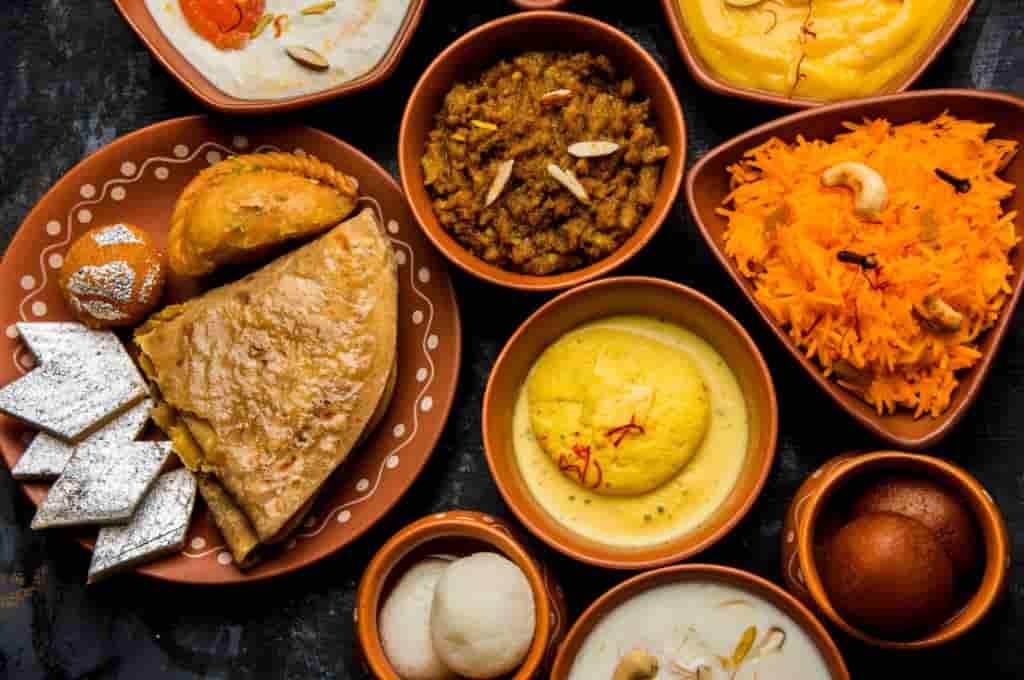
2). You can find more than 200 desserts in India
Over 200 varieties of Indian desserts are listed on Wikipedia. There are nearly 300 different types of Indian sweets, known as Mithais, available in markets. No festivities, wedding, or occasion would be complete without mithais here. Indians have a sweet craving, and almost every meal ends with desserts. In places like Rajasthan, you begin your meals with mithais. Did you know that?
3). Not all Indians Follow a Vegetarian Diet
It is a common misconception that most Indians are vegetarian. Indians relish the wide range of vegetarian fare that is available across the country, but most of them also like non-vegetarian cuisine. Only 29% of the population adheres to a strict vegetarian diet. However, India has the world’s second-lowest per capita meat intake owing to religious and cultural convictions.
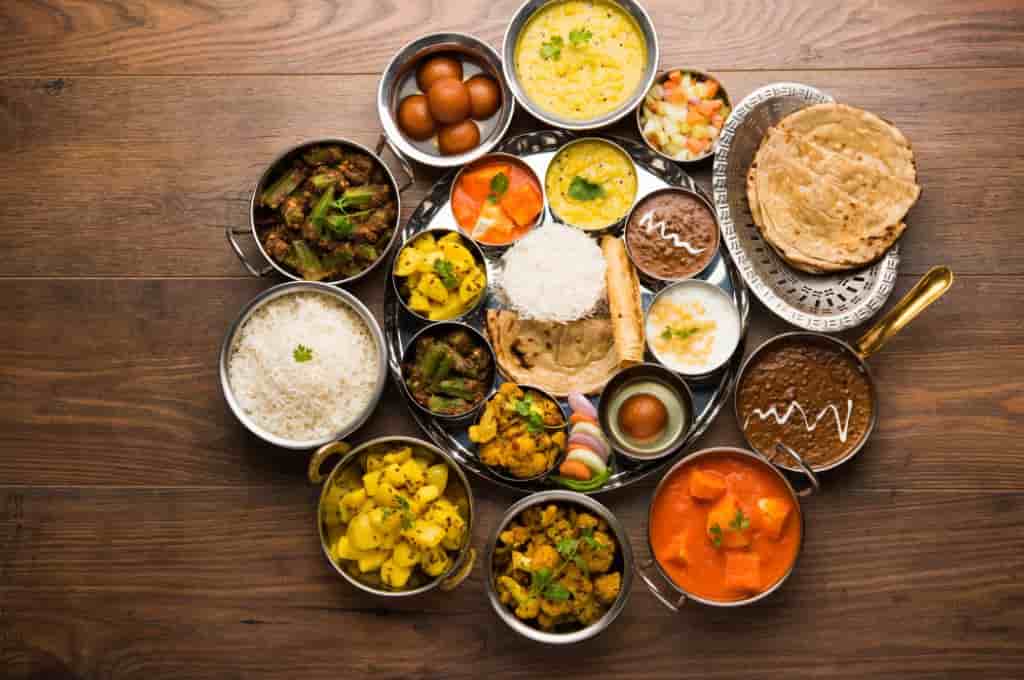
4). Some of the Spiciest Chillis are Found in India
India is the world’s largest producer of chili peppers, and it also grows one of the world’s hottest chilies, Bhoot Jolokia. Other hot chilies grown in India are Kashmiri Mirch, Guntur Chili, Jwala Chili, Dhani, and Gundu. Bhoot Jolokia, which literally means ‘ghost chili’, is believed to be almost four times hotter than Tabasco sauce. It is grown in four states: Arunachal Pradesh, Assam, Nagaland, and Manipur.
5). Not every Indian Dish is Spicy
Another myth about Indian cuisine is that it is always spicy. While spices are a crucial component of Indian cuisine, it is important to note that spiciness is only one aspect of this amazing cuisine. Indians love spicy food, but there are days when they would rather eat mild meals. You will come across many non-spicy dishes on an Indian menu that happens to be hugely popular – khichdi, curd rice, Thupka, Olan, Daali Thoy, malai kofta, korma, kadi-rice, and plenty more.
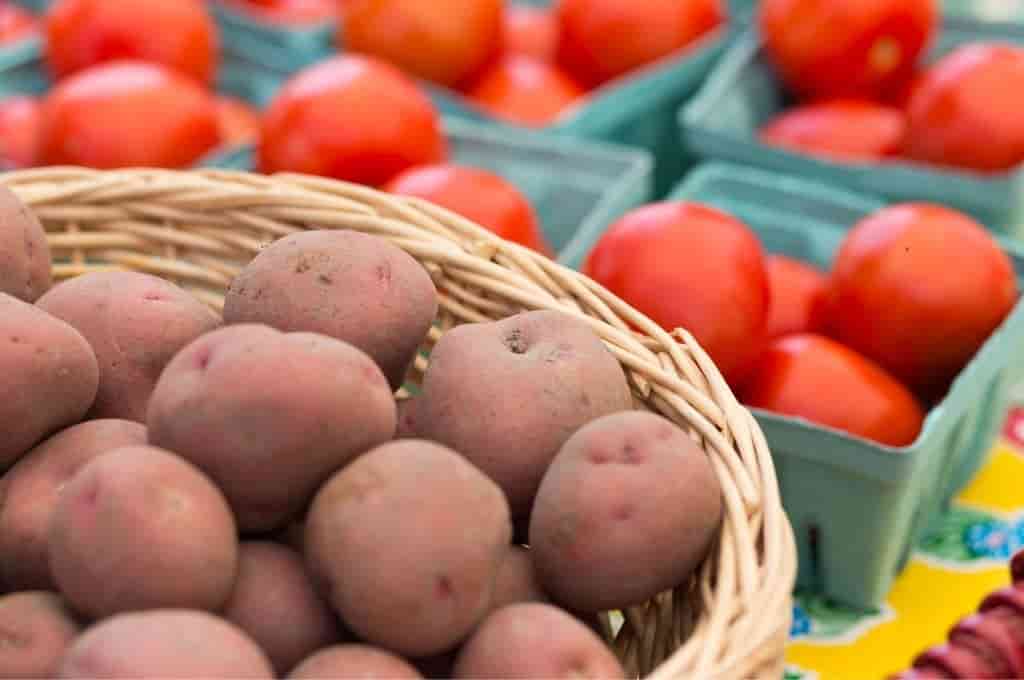
6). Borrowed Staples
The common ingredients used in Indian cooking, such as potatoes, tomatoes, and chilies, are not native to India. They were introduced to the subcontinent by the Portuguese in the 15th and 16th centuries. Even refined sugar was brought by the Portuguese. Before that, fruits and honey were widely used as sweeteners in India. It’s possible that Greek or Roman traders brought saffron to India. Naan bread has Persian origins and was brought to the region by the Mughals in the 1930s. And the hugely popular Chicken Tikka Masala is not an Indian dish. It was first invented in Glasgow, Scotland, in 1971.
7). Land of Chai
Spice Tea or Chai is India’s unofficial national beverage. Chai is brewed with black tea, milk, cardamom, cloves, black pepper, and ginger. The fragrant tea is enjoyed at any time of the day and is regularly served in all Indian homes and workplaces. Coffee did not appear in India until the 16th century when a Sufi Monk sneaked raw beans back to India and cultivated them in the Chikmagalur hills. It was popularized in India by Britishers in the middle of the 19th century.
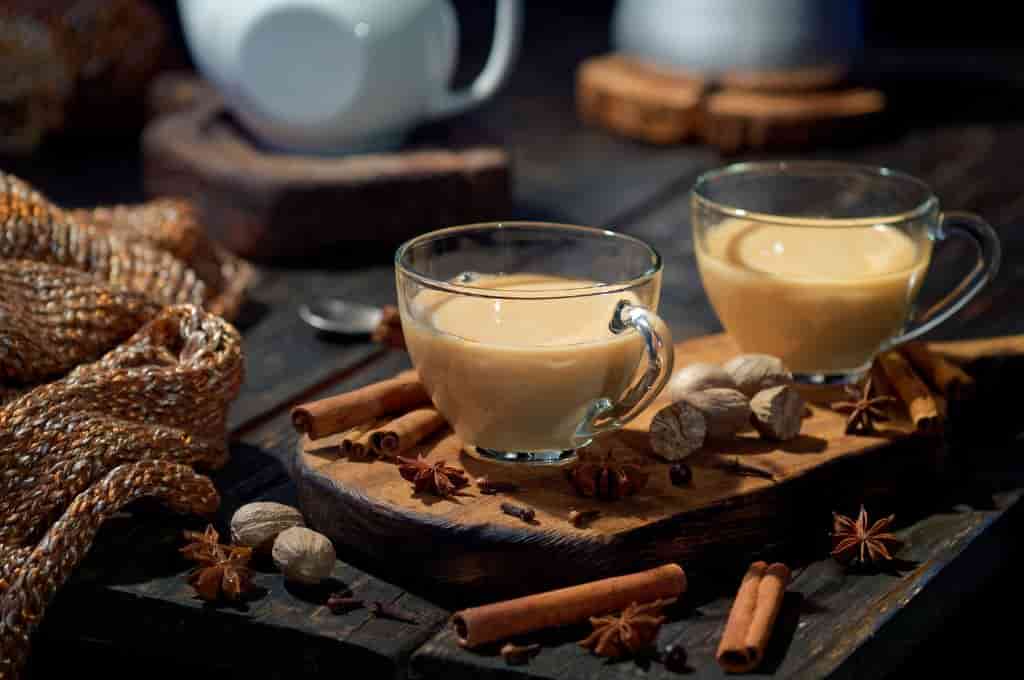
8). Plenty of Rice Alternatives
India is a major rice producer, with rice serving as a staple food for more than half of the country’s population. We can find a variety of rice here, including white, red, brown, sticky, and black rice. Indians use rice to prepare a wide range of dishes, ranging from aromatic Biryani and comforting Khichdi to mouth-watering mithais like Kheer and Phirni. While Indians eat mostly white rice, black rice has been around for thousands of years. Black rice is only found in India and China and is highly valued for its nutritional qualities.
9). Indian Food is Divided into Three Groups
Ayurveda classifies food into three categories: Satvik, Raastik, and Tamasik. Satvik’s diet consists of natural and fresh ingredients such as vegetables and fruits. It has a positive, relaxing, and cleansing impact on the body. Raastik food is oily and spicy, and it boosts energy, aggression, and competition. Tamasik meals are highly processed and difficult to digest. Eating such food weakens one’s immune system and evokes negative emotions.
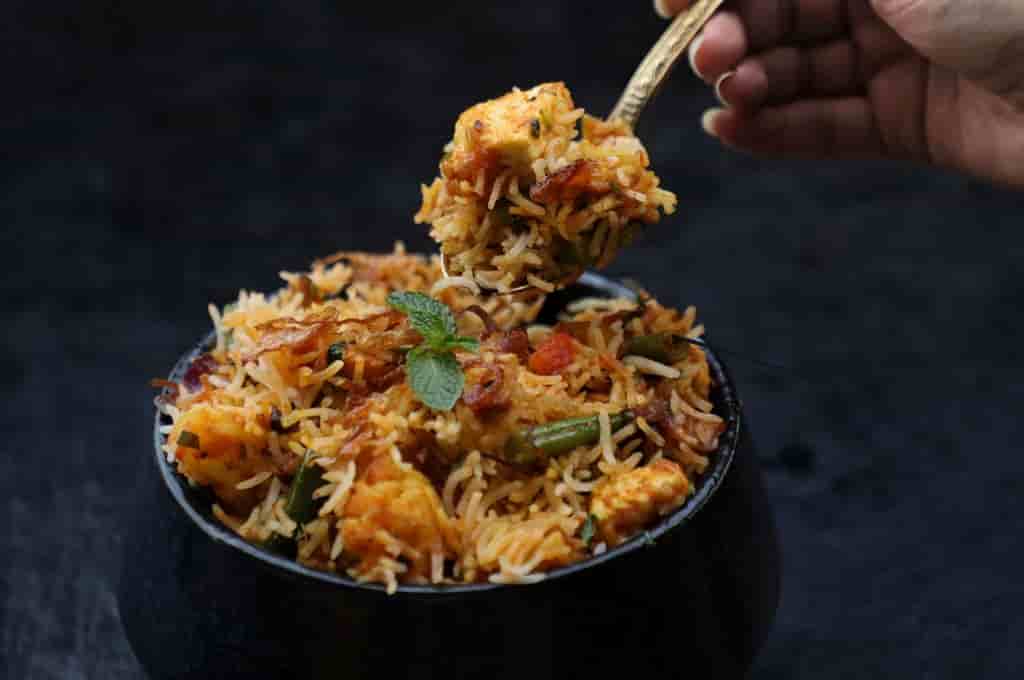
10). Six Different Flavors
If you believe that Indian food is only spicy, you ought to think again. A proper Indian meal balances all six flavors: sweet, salty, bitter, sour, astringent, and spicy. Different spices and herbs are added in the correct proportions to deliver an exceptional flavor, with one or two flavors sticking out.
11). External influences
India’s cuisine has been influenced by cuisines from Persia, Central Asia, the Mediterranean, and other regions due to its location on global trade routes for over 1000 years. Many popular foods in the country are imported. Wazwan, a multi-course meal in Kashmiri cuisine, has a strong Central Asian influence. Indian vegetarian samosas are said to have been inspired by the Middle Eastern Sambosa. They had a meat filling, but Indian samosas are made with potatoes and other vegetables. Naan was introduced by the Mughals rather than being indigenous to India. Jalebi originated in the Middle East and was known as Zabiya or Zalibiya.
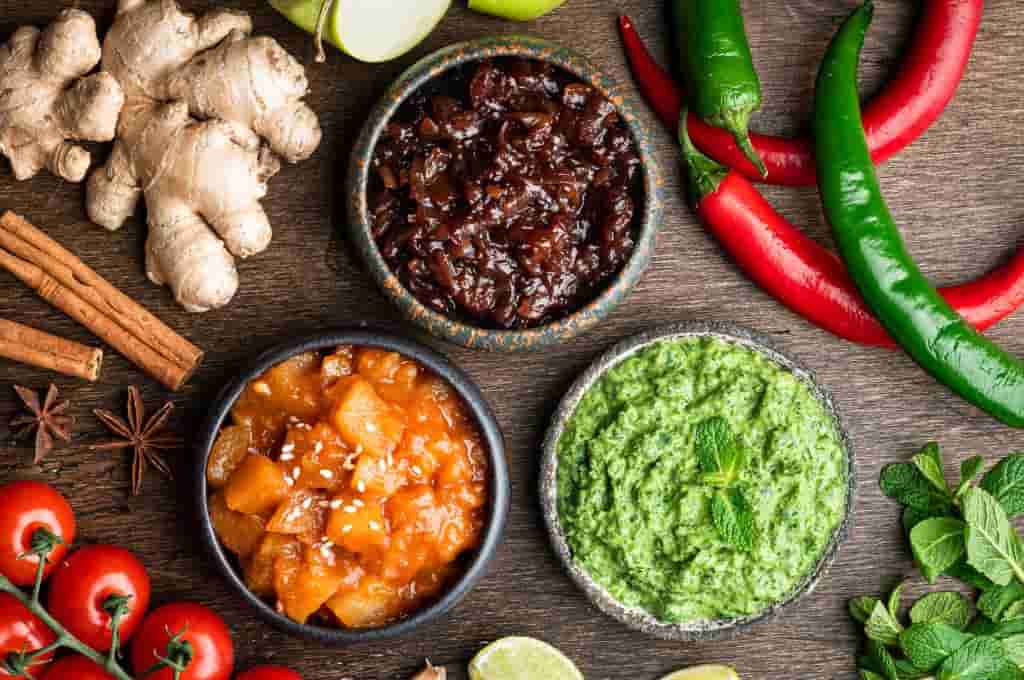
13). Chutneys and Pickles are the Soul of Indian Food
Indian food is incomplete without a dash of chutney and pickle. These side dishes are an integral component of traditional Indian food. They bring the meal together, enrich the palette, and balance the flavors. Chutneys and pickles vary by region, but a few are popular throughout the country: coriander chutney, mint chutney, tamarind chutney, mango pickle, chili pickle, coconut chutney, and tomato chutney, to name a few.
14). Almost Everything is Made From Scratch
Making Indian food can be time-consuming and challenging. Canned and processed foods are rarely used. The majority of their food is made from scratch, including kneading dough each day, making fresh rotis, purchasing fresh produce from local mandis, cutting vegetables, grinding fresh spices, cooking curries and chutneys, and even producing their own ghee. This enables them to monitor the quality of their food while optimizing its flavor, nutrition, and authenticity. Sadly, the younger generation’s preference for processed foods due to hectic lifestyles and shifting priorities is causing a decline in the taste and authenticity of Indian cuisine.
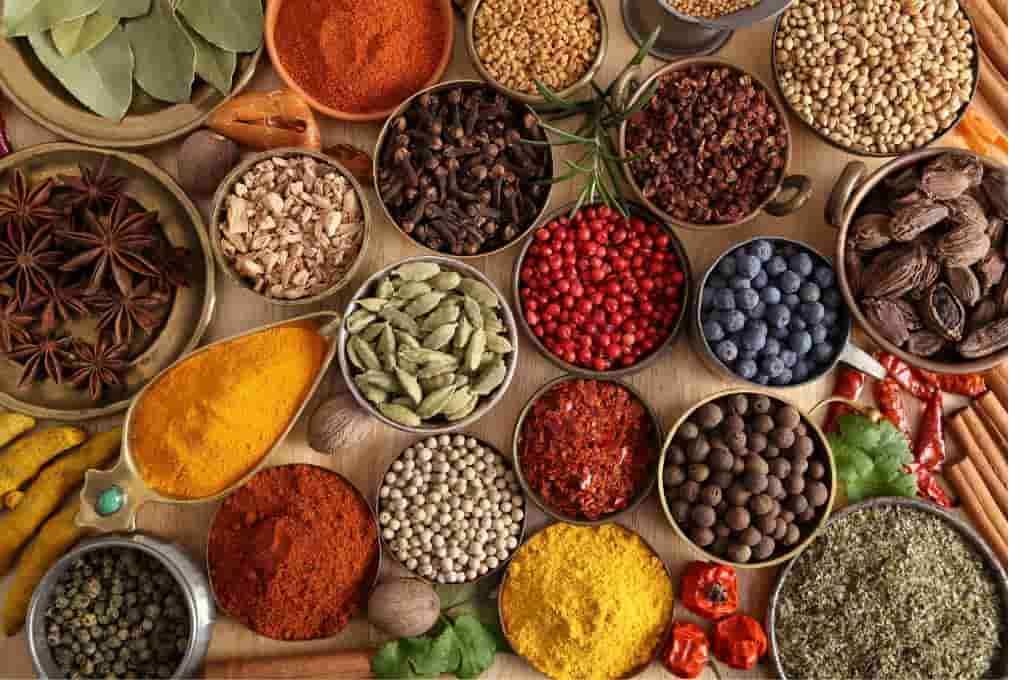
15). No Such Thing as Curry Powder
Although Indian curries are well-known, store-bought curry powder is not used in their cooking. Curry powder, as we know it in the West, does not exist in India. Instead, the food is made by blending different spices in varying quantities to create distinct tastes in dishes. Spices such as coriander, cumin, turmeric, fenugreek, and chili are added to the veggies depending on the desired flavor and taste. Every region in India has its own special spices and cooking techniques that lend the food a unique taste.
16). Local Ingredients Determine Food Options
The cuisine of every region of India is heavily influenced by the types of food that are readily available. Since coconut is abundant in South India, it is widely used in their cuisine. Coconut, coconut oil, and coconut milk are used to give curries and chutneys a rich, tropical flavor. The deserts of Rajasthan used to have little vegetation. As a result, most recipes, such as Gatte ki Sabji, Ker Sangri, and Dal Baati, have evolved with these constraints in mind. In Punjabi, the classic combo of Sarson ka Saag (mustard greens) and Makki di Roti (corn flatbread) reflects the region’s crop production.
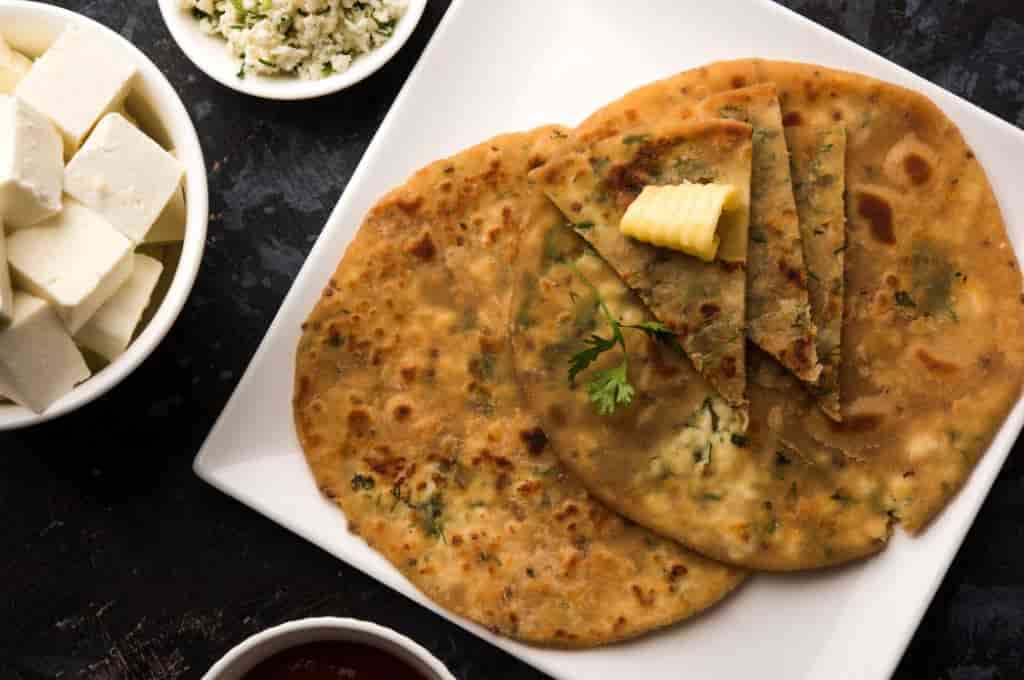
17). Indians Eat Food with Their Hands
Indian traditional etiquette dictates that hands should be used for eating, not knives and forks. Eating with the hands is a custom that has its roots in Ayurvedic teachings. Touching food with one’s hands is thought to foster a more intimate relationship with the meal, evoking feelings of simplicity, mindfulness, humility, and gratitude. It also aids digestion and stimulates the senses. However, only the right hand should be used when eating. Since the left hand is used for personal hygiene, it is deemed impure.
18). Indian Breads Come in a Wide Variety
Indian cuisine boasts a staggering selection of bread, each with a unique preparation method, texture, taste, and flavor. Homemade rotis, flaky parathas, fluffy naans, delectable puri, versatile Theplas, tempting Bhatura, Puran Poli, crispy dosas, and healthy Chillas – the possibilities are endless. The Indian bread pairs perfectly with the various curries and dishes available throughout the country. They’re eaten for breakfast, lunch, dinner, and even tea.

19). The Significance of Ghee in Indian Cuisine
Clarified butter, or ghee, is used extensively in Indian cooking. Owing to its amazing taste, earthy aroma, and immense versatility ghee has been a staple in Indian households for centuries. This versatile ingredient is used for both cooking and seasoning purposes. To add extra zing, ghee is drizzled over rotis, rice, idlis, dals, aamras, and Baatis. Ghee is considered auspicious and has been used in rituals since the Vedic period.
20). Street Food Culture
Indian street food is legendary and well-known throughout the world for its taste, aromas, and variety. Street food stalls are mostly packed with locals and tourists looking to indulge in delectable treats. All social barriers vanish, and you see everyone from elites to the day laborer queuing for their share of Pani Puris and chole Bhature. Gol Gappe, Papdi chaat, Bhel Puri, Vada Pav, Pao Bhaji, Kachori, Samosa, Dahi Bada, Parathas, Dosas, Aloo Chaat, Aloo Tikki, Matra Kulcha – the names and tastes may differ slightly from state to state, but it is impossible to resist the delicious street food of India.
This is by no means an exhaustive list of interesting facts about Indian food. As you continue to explore Indian cuisine, you’ll come to understand that it is a culinary journey that celebrates the country’s rich heritage, brings people together, and never ceases to amaze.
